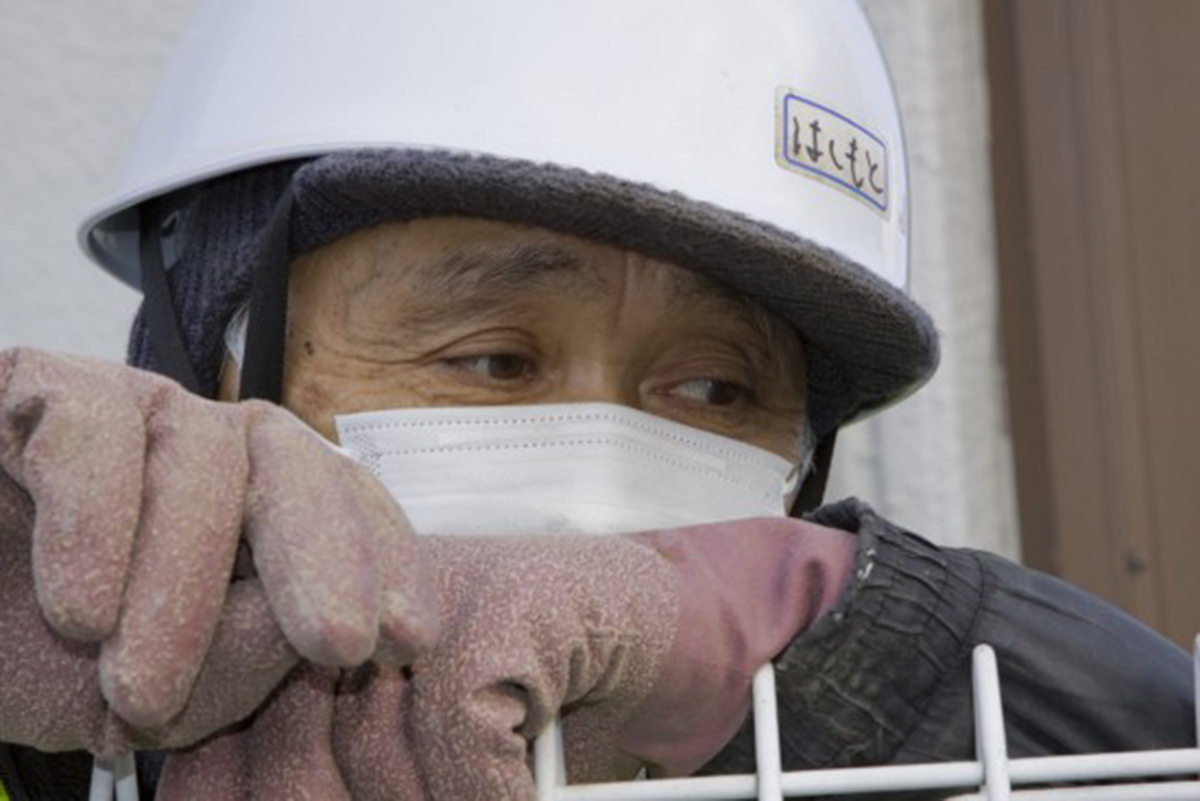Table of Contents
Let's suppose the dire warnings about Fukushima turn out to be objectively true.
What can we do to protect ourselves?

First, let's dismiss some really bad ideas. Late night radio promoters from time to time try to get people to buy "KI radiatiion protection kits." These heavily advertised home protection kits offer a few pennies worth of potassium iodide tables for $20 to $50, on the grounds that they "protect your family against radiation."
But Fukushima was not an above-ground atomic explosion, and you don't need protection from isotopes to which you are not exposed. Besides that, taking too much iodine can cause problems of its own. Never, ever take more than the recommended dose, even if you are directly exposed to above-ground radioactive fallout.
Then there is the Japanese company that has been selling radio-protective underwear. Unless you are swimming on the beach at Fukushima with all your clothes on, it is difficult to imagine how these could help.
But there are things you could do if the warnings turn out to be right, and there is an above-ground nuclear explosion in Japan.
- Get away from hotspots. This is perhaps not the best time to plan that retirement home on Honshu.
- Make a habit of leaving your shoes by the door, Asian-style. This prevents bringing radioactive dust from outdoors that would stay in carpets.
- Avoid fresh dairy products for 30 days after an above-ground nuclear explosion. Milk concentrates radioactive iodine, but it has a half-life of just 8 days. In 32 days, 90% of the radioactive isotopes have decayed. Radioactive decay also takes place in cheese and yogurt, so you could eat them again about the same time you could drink milk again.
- Take supplemental calcium, iron, and magnesium. These minerals get into your system ahead of radioactive strontium that may be released by an explosion.
- And most importantly of all, make sure your diet is heavy on fresh fruits and vegetables. Fresh plant foods provide antioxidants which counteract the long-term effects of low-level radiation. In fact, due to a phenomenon called the Patkau effect, the lower the level of long-term radiation, the greater the damage done to healthy cells. Berries, nuts, dried fruit, and the freshest fresh vegetables are what your body needs to protect itself from radiation over the long term. But that also applies to protecting yourself against the much greater amounts of radiation still lingering from above-ground nuclear testing 50 years ago and more.
Read More: List Of Who Recommendations On Minimizing Radiation Exposure
And even an above-ground explosion, which would be one of over 200 in recent history, would not present worldwide threats to health.
- Bouville A, Linet MS, Hatch M, Mabuchi K, Simon SL. Guidelines for Exposure Assessment in Health Risk Studies Following a Nuclear Reactor Accident. Environ Health Perspect. 2013 Nov 1.
- Simon SL, Coleman CN, Noska MA, Bowman T. RESPONSE OF THE U.S. DEPARTMENT OF HEALTH AND HUMAN SERVICES IN PROTECTING CIVILIAN AMERICANS IN JAPAN DURING THE FUKUSHIMA NUCLEAR CRISIS. Health Phys. 2012 May.102(5). doi: 10.1097/HP.0b013e31824c79e5.
- Photo courtesy of raneko by Flickr : www.flickr.com/photos/raneko/6343787046/
- Photo courtesy of GLOBAL 2000 by Flickr : www.flickr.com/photos/global2000/8284238846/


Your thoughts on this